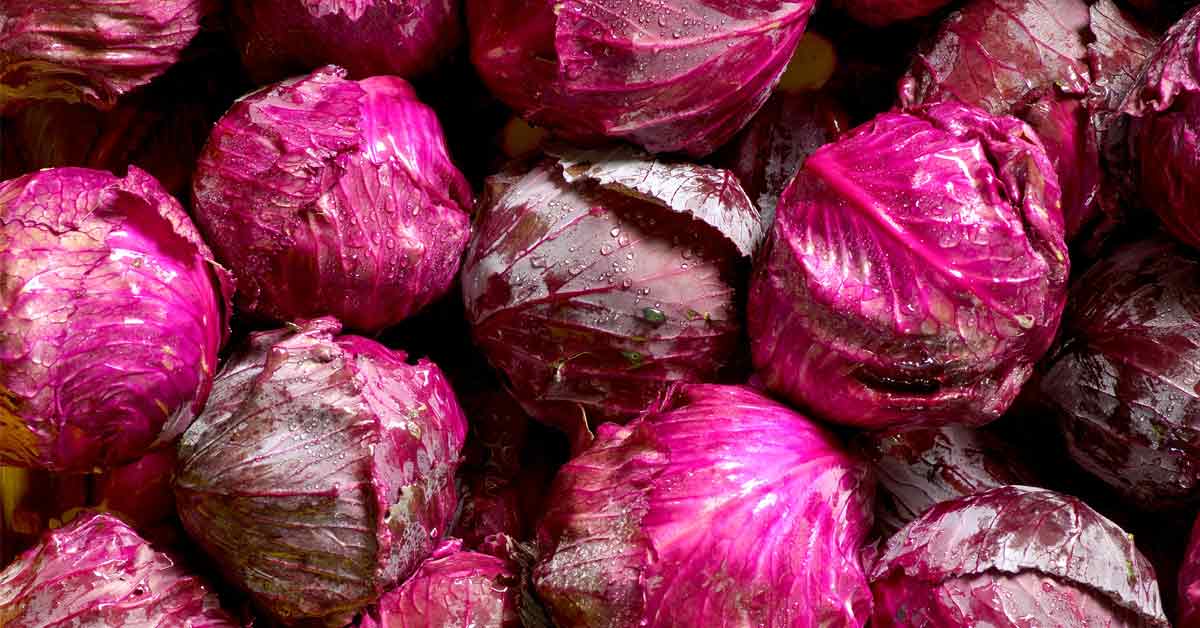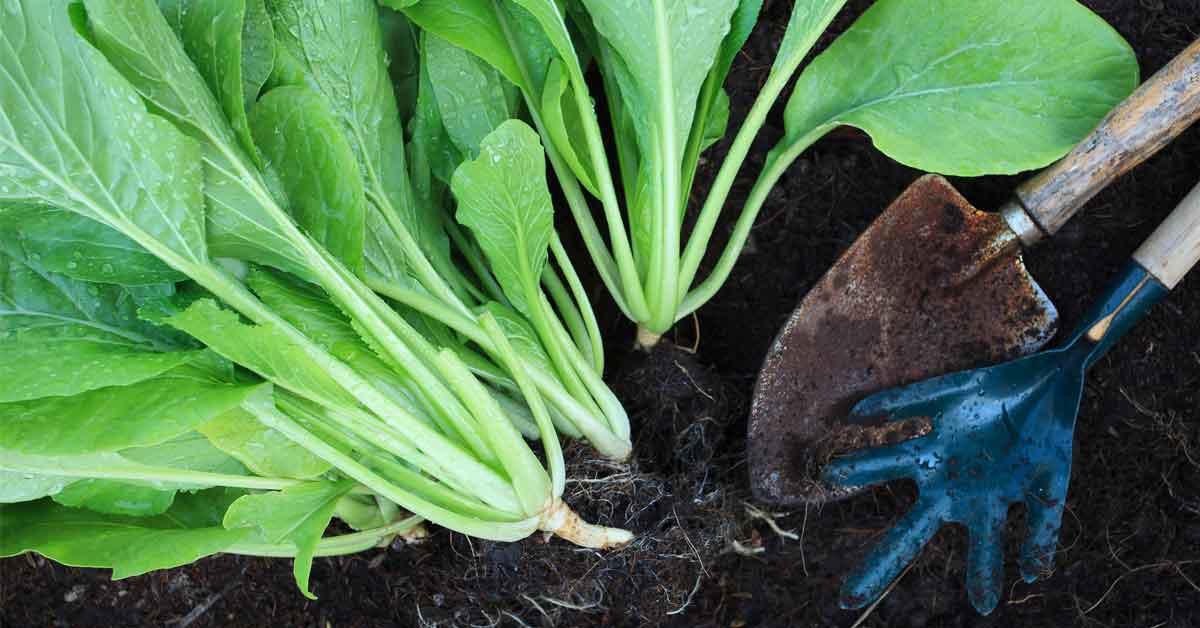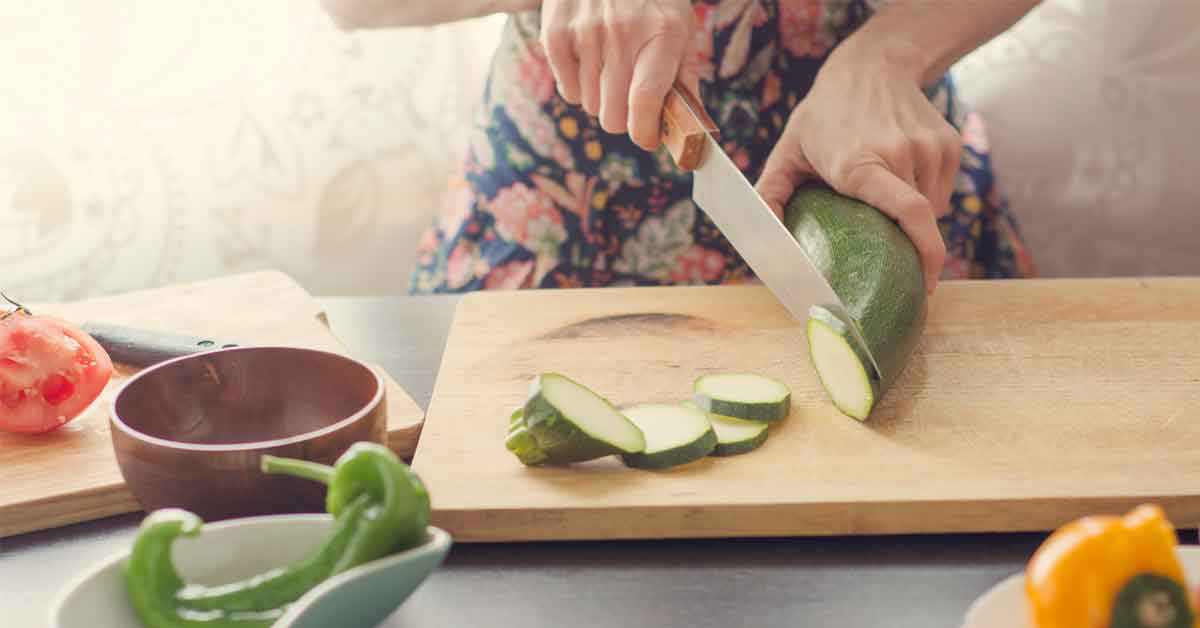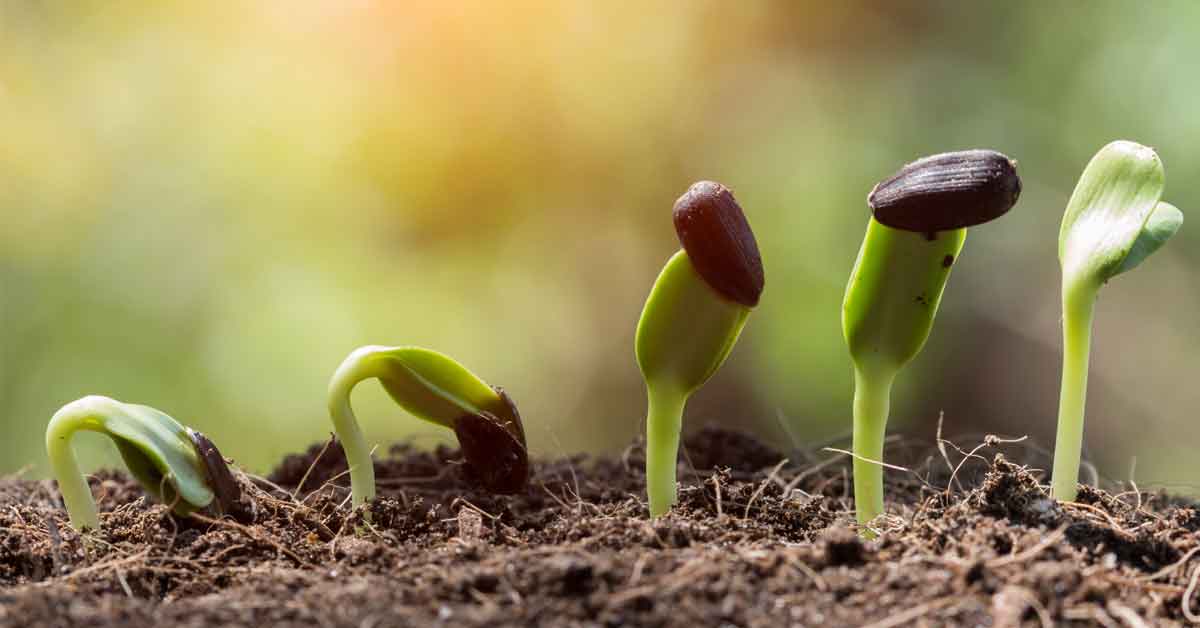How to Make Sauerkraut with Homegrown Red Cabbage
Centuries before refrigeration, people of early cultures needed a way to preserve their harvest. Sauerkraut comes from an ancient method of food preservation developed by early Romans, who fermented cabbage and turnips in salt. This process was lost during the fall of the Roman Empire, but China reintroduced it to Europe in the 1200s.1 Now, centuries later, preserving foods by fermentation is growing in popularity.
Many types of fruits and vegetables can be fermented, but cabbage is a popular choice because it's easy to grow and stores well. With these simple tips on growing and fermenting cabbage, you can have your own homegrown sauerkraut:
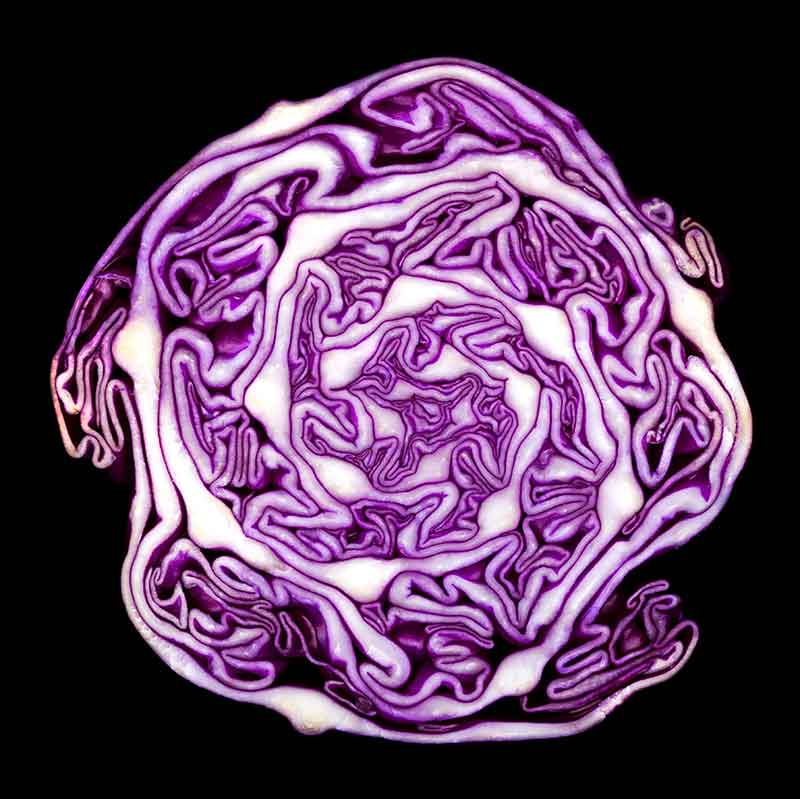
Growing Red Cabbage
Fall-grown cabbage varieties, such as Red Acre, are especially good for sauerkraut. Plant cabbage seeds in early to mid-summer for a fall crop. Follow the directions on your seed packet to make sure you give cabbage seed enough time to mature before fall comes. Make holes 1/2 inch deep and 16 inches apart in your row, then place three seeds in each hole. If you are planting multiple rows of cabbage, leave 36 inches between rows.
A gentle, natural fertilizer such as Alaska Fish Fertilizer 5-1-1 provides a rich source of natural nutrition and releases nutrients into the soil. Mix this plant food with water according to label instructions to feed and enhance the strength and vigor of your cabbage.
While cabbage is relatively easy to grow, pests such as cabbageworms can cause problems. Easy-to-use liquid Sevin Insect Killer Ready To Use2 kills cabbageworms and other listed pests on contact, and can be used right up to the day before harvest.
If dust is your preferred pesticide type, Sevin Insect Killer Dust Ready To Use starts killing listed cabbage pests immediately upon contact; just allow seven days between dusting cabbage plants and harvesting your crop.
For larger garden areas, economical Sevin Insect Killer Concentrate or Sevin Insect Killer Ready To Spray kills cabbageworms and more than 500 other insect pests by contact. Tough on pests but gentle on gardens, these concentrated liquid products treat cabbage up until one day before harvest. Then they keep on protecting your garden against listed pests for up to three months.+
In cool climates, harvest cabbage at maturity and store it in a root cellar or refrigerator. In warm climates, even as far north as North Carolina, cabbage can be left in the garden unprotected and harvested, as needed, throughout winter.3 To harvest cabbage, firmly grasp the head and twist.
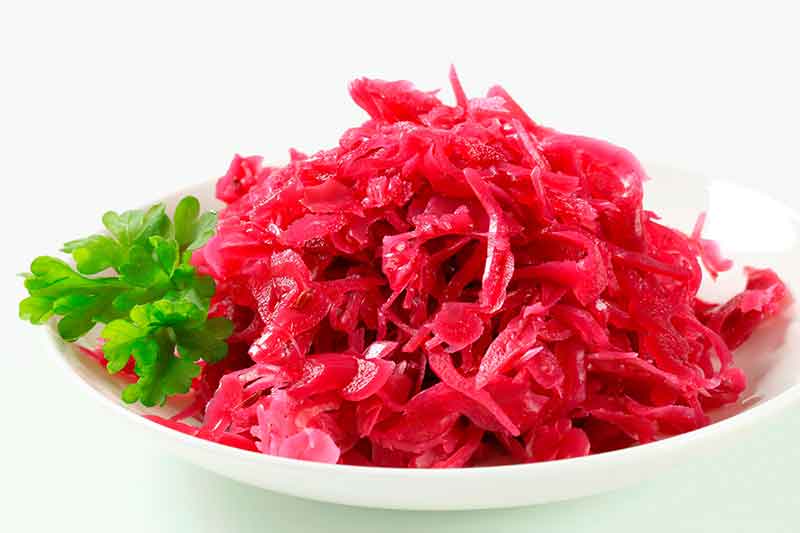
Fermenting Cabbage
Preserved cabbage allows you to enjoy your homegrown produce throughout the winter months. Enjoy this fermented red kraut recipe on top of bratwurst, on a Reuben sandwich or as a stand-alone side dish.
Ingredients:
- 1 medium to large head of red cabbage, cleaned and outer leaves removed
- 1 tablespoon of non-iodized salt, such as kosher or pickling salt
Instructions:
- Chop the red cabbage into small squares about 1/2 inch wide. Discard the stem.
- Combine the cabbage and salt in a large bowl.
- Using both hands, gently massage the salt into the cabbage for five minutes to release cabbage juices.
- Allow the cabbage and salt mixture to rest for at least five minutes.
- Once the cabbage leaves begin to wilt and the juice (now brine) accumulates in the bottom of the bowl, massage for five more minutes.
- Pack the cabbage into a half-gallon glass jar. Continue packing and pressing the cabbage into the jar until it is completely covered in brine.
- Place a clean fermenting stone or a smaller jar filled with water on top of the kraut in the jar to ensure the cabbage stays submerged. The brine prevents mold and harmful bacteria from growing on submerged cabbage, but any cabbage that floats above the brine will mold. If mold forms, remove the affected area and make sure the rest of the cabbage stays submerged until the sauerkraut is complete.
- Cover the jar with cheesecloth secured with a rubber band. The cheesecloth allows oxygen to escape while keeping bugs and dust out. The fermentation process produces gas, so never place a lid on a jar while fermenting.
- Place the jar in an area out of direct sunlight, and allow it to ferment for at least three weeks. Timing will vary, as the fermentation process is faster in warm environments and slower in cool areas.
- Taste your kraut after three weeks. If it isn't sour enough, leave it for another week and taste again. When your kraut has reached the desired level of sourness, put a lid on the jar and keep it in the refrigerator, where it will store well for months.
With homemade kraut in your cupboard and an abundant cabbage crop under your belt, you're on your way to enjoying the goodness and nutrition that gardening can bring to your house. GardenTech and the GardenTech family of brands are here to help you explore and experience the joys of gardening for yourself.
+Except fire ants, fleas, ticks and mosquitoes
Always read product labels thoroughly and follow instructions, including guidelines for pre-harvest intervals (PHI) and application frequency.
Sevin is a registered trademark of Tessenderlo Kerley, Inc.
GardenTech is a registered trademark of Gulfstream Home and Garden, Inc.
Alaska is a registered trademark of Central Garden & Pet Company.
Sources:
1. Encyclopedia Britannica Editors, "Sauerkraut," Encyclopedia Britannica.
2. Cornell University Growing Guide, "Cabbage," Cornell University.
3. D. Sanders, "Cabbage," NC State University Cooperative Extension, January 2001
Get Monthly Gardening Advice!

